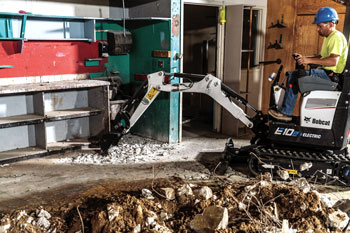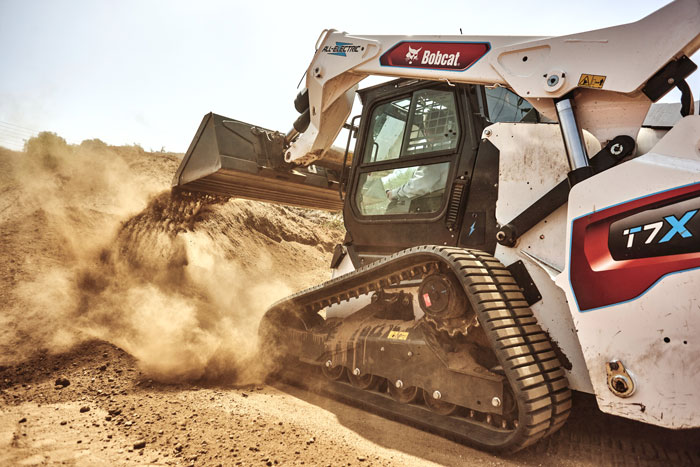The buzz around electric equipment options is more of a roar these days. Fleet managers face pressure from governing agencies, the public and others pushing for a rapid adoption of electric solutions. However, despite their calls for change, these concerned parties don’t necessarily have an action plan.
For facility managers, finding a viable path forward that satisfies stakeholders without blowing budgets or minimizing capabilities is a challenge, but not impossible. By asking the right questions and working with trusted industry partners, recreation facilities can avoid most of the common growing pains.

Here are three questions managers should consider when outlining their electrification process.
What does the scorecard look like for my situation?
Wherever you are in the country, electrification mandates are either a current concern or something that’s just around the corner. From the federal level all the way down to city and community governments, there is a serious push for greener, more sustainable equipment solutions. Electric vehicle (EV) equipment has emerged as the front-runner, with electric options surging forward in almost every equipment category.
As with any significant shift in policy, it’s important for fleet managers to understand the timeline and ultimate goals of any and all mandates that impact their day-to-day operation. From there, you can start building a scorecard. Some things to consider:
What is the deadline for electrification?
Knowing this, you can work backward, introducing electric equipment options where it makes sense in your current lifecycle management plan.
Are there any incentives that apply to your organization? This might allow you to make changes to your procurement schedule and speed up buying cycles.
What organizations or individuals can you work with? In states that are already pushing electrification, organizations like the California Air Resources Board (CARB) can offer insight and resources to help you create your scorecard. You can also work with electric equipment manufacturers. This might be a good opportunity to connect with other fleet managers in your network to collaborate and share resources.
What are my equipment options?
While there are a lot of electric equipment options currently on the market and many more on the way, there is not an electric solution for every situation as of right now. As you are creating your scorecard, it will be important to keep these limitations in mind for your growth plan. There is no success if you sacrifice capabilities and productivity to meet green mandates. Work with your local equipment dealer or with a trusted manufacturer to ensure electric equipment will provide a suitable replacement. Consider:

- What applications are you currently using diesel equipment for?
- Are there existing electric equipment options for any of these applications?
- What are the most important machine specs for these applications?
How do existing electric equipment options compare to traditional machines? For example, what does kWh mean in relation to engine hp?
There are benefits and drawbacks to any equipment choice, whether that’s electric or diesel, so it’s important to make sure your team has the tools they need to do the work at hand.
What does an electric fleet look like?
- In addition to understanding the nuances of electric equipment, there are also several logistical considerations to keep in mind.
- What is the current state of your local infrastructure? Work with utility providers to assess power needs for your intended fleet.
- Are there any safety considerations that come with fleet electrification?
- What recharge options are available, both at the shop and in the field? Depending on your recharge strategy, there might be additional components to consider.
- Are there early adopters in your area you could connect with to discuss challenges and solutions?
Public and private stakeholders might be charging ahead with calls for electrification, but that doesn’t mean fleet managers must go at it alone. Industry partners are working hard to ensure access to capable electric solutions. By working together, we can ensure a successful, sustainable future. RM
ABOUT THE AUTHOR
Randy Fuss currently serves as director, Government Accounts for Doosan Bobcat and Bobcat Company in North America. In this role, Randy leads the North America Government Accounts team and is responsible for the execution of the overall SLED (State, Local, and Education) and Federal sales and marketing strategy for the government
sales division.



